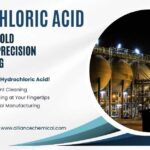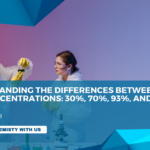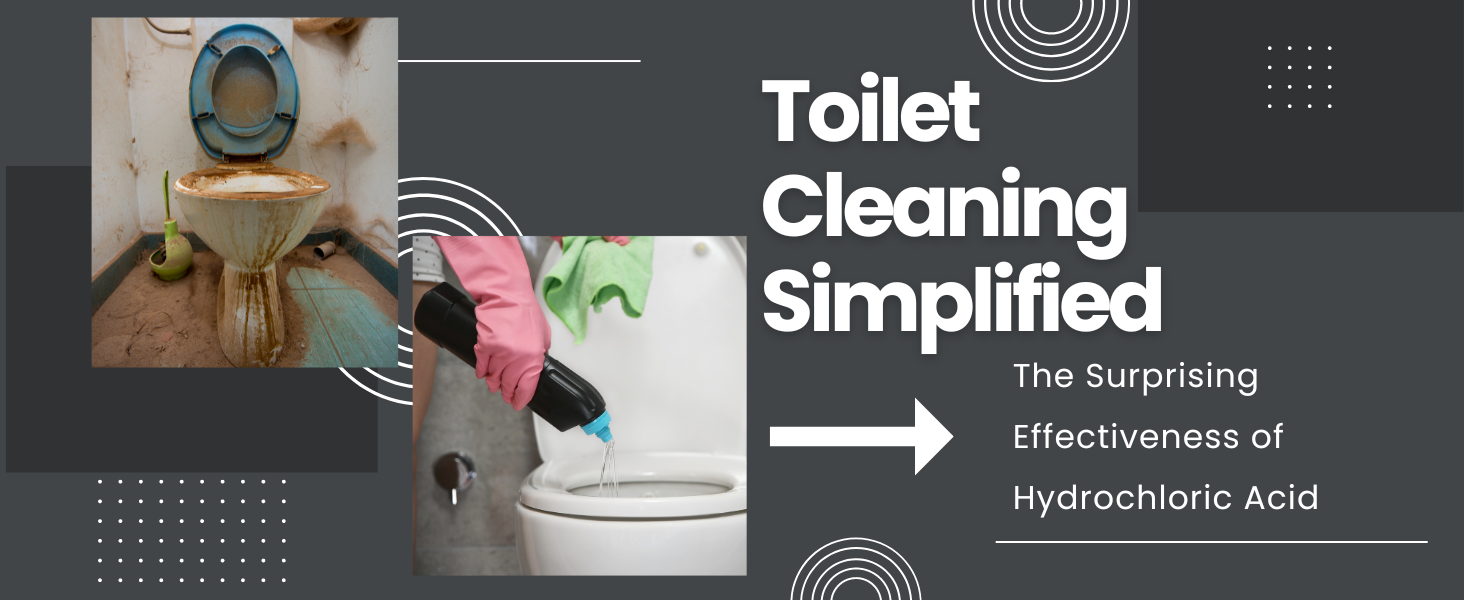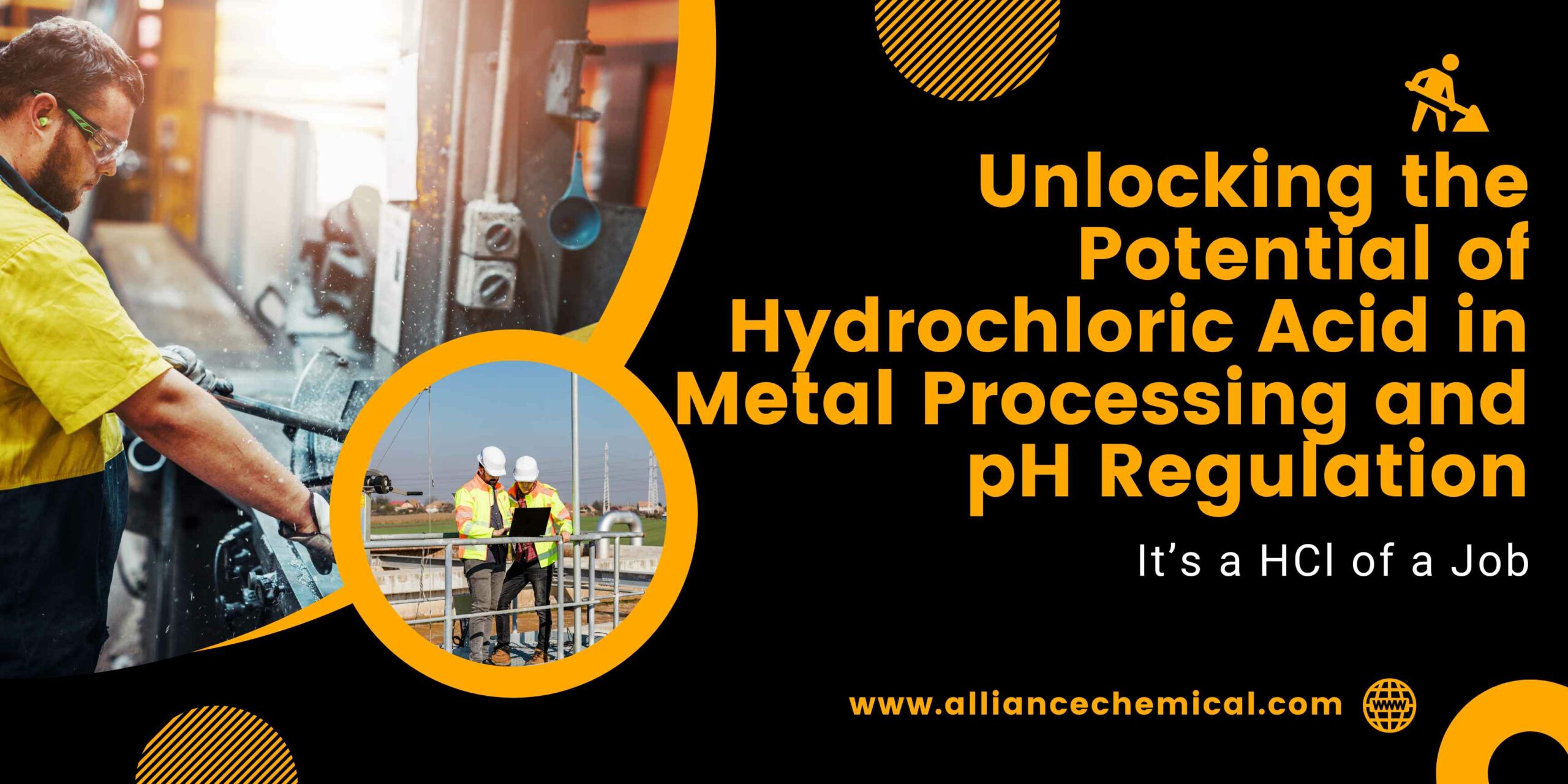
Unlocking the Potential of Hydrochloric Acid in Metal Processing and pH Regulation: It’s a HCl of a Job
When life gives you metals, Hydrochloric Acid (HCl) asks, “How do you like your surface: cleaned, treated or rust-free?” So, let’s uncork the bottle on one of the most “acidic” topics in the world of metal processing and pH regulation, shall we?
HCl: The Big Bad Wolf of Metal Processing
In the land of metal processing, rust and impurities are the unwanted tenants who just won’t leave. And guess who’s knocking at the door? It’s our trusty Hydrochloric Acid, ready to evict them. This potent chemical, also known by its less intimidating name – muriatic acid, is the “big bad wolf” that huffs and puffs away all the stubborn rust (iron oxide) and impurities from your precious metals.
Now you may ask, “Why all the fuss about Hydrochloric Acid when we have other strong acids?” Well, picture this. You’re getting ready for a big date. Would you rather use a regular soap or a specialized face cleanser to prep up your skin? That’s right, Hydrochloric Acid is like the specialized face cleanser for metals, preparing them for their big date with further processing and operations.
But hey, HCl isn’t the lone ranger here. Sometimes, it prefers company. Enter, Phosphoric Acid. This friendly neighbor helps in the pickling process too, waving goodbye to the unsightly oxides. However, HCl is generally the life of the party, always stealing the limelight due to its highly efficient and cost-effective properties.
-
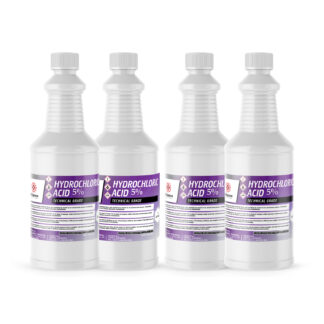 Hydrochloric Acid 5% Technical Grade$20.00 – $3,510.00
Hydrochloric Acid 5% Technical Grade$20.00 – $3,510.00 -
 Hydrochloric Acid 15% Technical Grade$24.00 – $4,185.00
Hydrochloric Acid 15% Technical Grade$24.00 – $4,185.00 -
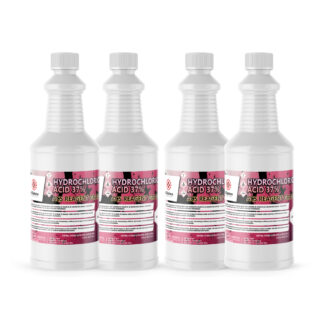 Hydrochloric Acid 37% ACS Reagent Grade$28.00 – $7,290.00
Hydrochloric Acid 37% ACS Reagent Grade$28.00 – $7,290.00 -
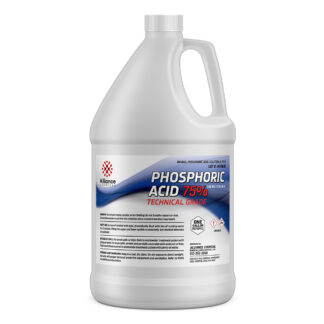 Phosphoric Acid 75%$24.00 – $5,670.00
Phosphoric Acid 75%$24.00 – $5,670.00 -
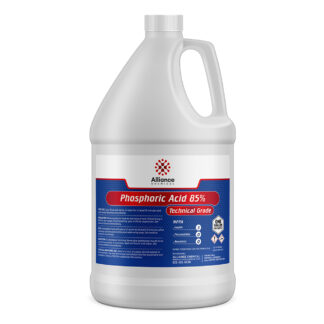 Phosphoric Acid 85% – Technical Grade$29.00 – $6,075.00
Phosphoric Acid 85% – Technical Grade$29.00 – $6,075.00 -
 Hydrochloric Acid 31% Technical Grade$22.00 – $5,022.00
Hydrochloric Acid 31% Technical Grade$22.00 – $5,022.00
pH Regulation: Hydrochloric Acid Knows How to Balance
While Hydrochloric Acid loves to party with metals, it is also known for its zen-like balance when it comes to pH regulation. You see, maintaining the correct pH level is crucial in many industries, and Hydrochloric Acid can be an essential player in this game.
For instance, in wastewater treatment, controlling pH levels is vital to ensure effective disinfection and to meet environmental regulations. Hydrochloric Acid 20 Be, due to its strong acidic nature, is commonly used to balance high alkaline levels. It’s like the stern disciplinarian ensuring everyone follows the rules for a cleaner, safer environment.
Again, HCl doesn’t do this alone. Sulfuric Acid and Acetic Acid are also well-known for their pH regulation capabilities. They’re like the rest of the pH police squad, keeping the alkalinity under check.
-
 Sulfuric Acid 30%$33.00 – $4,320.00
Sulfuric Acid 30%$33.00 – $4,320.00 -
 Sulfuric Acid 70%$35.00 – $4,860.00
Sulfuric Acid 70%$35.00 – $4,860.00 -
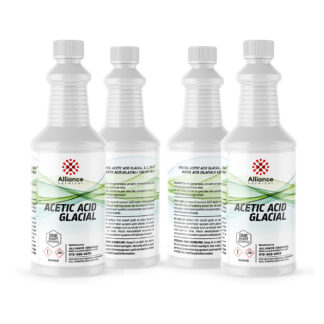 Acetic Acid Glacial Technical$25.00 – $6,075.00
Acetic Acid Glacial Technical$25.00 – $6,075.00
HCl’s Comrades in Metal Processing and pH Regulation
In the vibrant world of chemicals, Hydrochloric Acid is far from a lone warrior. Several other chemicals join hands with HCl to ensure smooth sailing in the metal processing and pH regulation terrain.
The Shiny Comrades in Metal Processing
In the grand ball of metal processing, Glycol Ether EE is the master of ceremonies, primarily used as a solvent in various coatings. It ensures that everything mixes well, just like a great host would at a party.
Then there’s the D-Limonene, a citrus-scented guest at the ball. It is commonly used as a degreaser in metal processing, clearing up the oily messes like a pro.
-
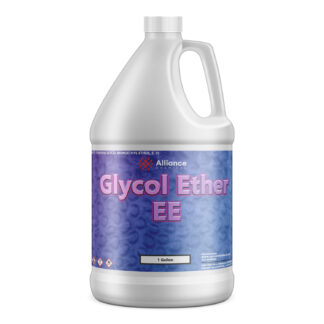 Glycol Ether EE$35.00 – $4,400.00
Glycol Ether EE$35.00 – $4,400.00 -
 D-Limonene Food Grade$43.00 – $11,800.00
D-Limonene Food Grade$43.00 – $11,800.00
The Balancing Friends in pH Regulation
In the world of pH regulation, Hydrochloric Acid has some loyal buddies, such as Sodium Hydroxide, which helps neutralize acidic waste streams, and Potassium Hydroxide, another strong base used to keep the acidic levels in check.
-
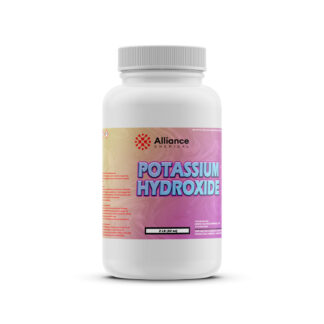 Potassium Hydroxide Flakes KOH$26.00 – $4,413.44
Potassium Hydroxide Flakes KOH$26.00 – $4,413.44 -
 Sodium Hydroxide Flakes$28.50 – $3,840.00
Sodium Hydroxide Flakes$28.50 – $3,840.00
In Conclusion: Hail, Hydrochloric Acid!
In the end, it’s clear that Hydrochloric Acid is indeed a jack of all trades in the world of metal processing and pH regulation. With its superpowers to banish rust and maintain pH balance, it truly is a force to reckon with. Add to that its fantastic entourage of chemical buddies, and you’ve got yourself an unstoppable team. So, next time you see a gleaming, rust-free metal surface or a perfectly balanced pH level, you know who to thank.
Don’t forget, every chemical superhero has its sidekick, and at Alliance Chemical, we provide not just Hydrochloric Acid but also a range of other chemicals that work together to get the job done. After all, it takes more than one chemical to tango, or should we say, process metals and regulate pH!
Remember, folks, it’s all about finding the right chemical for the right job. And sometimes, that means embracing the wonderful, wide-ranging, and slightly acidic world of Hydrochloric Acid and its comrades. Happy processing!





